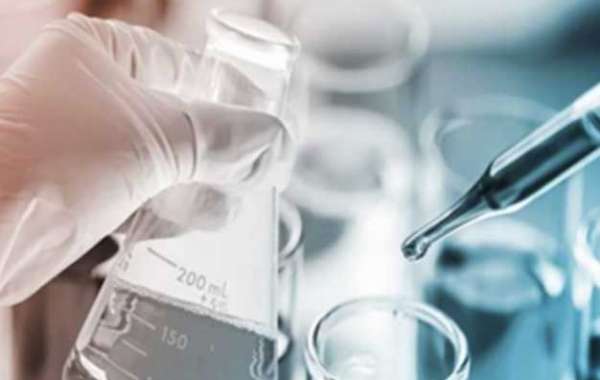Virtual screening of compounds, including a variety of natural products, has become an effective tool for drug discovery because it offers various advantages over traditional and preliminary in vitro or in vivo screening methods. A recent example of virtual screening for the renal protective activity of natural products can be observed in a paper published by Guo et al. They used computer methods to study the renal protective properties of salidroside to identify the main therapeutic targets and pathways of this compound in single-nephrectomy diabetes. Another recent computer study suggests that allicin (present in garlic) and losartan may share a common mechanism involving interaction with the AT1 receptor to exert their renal protective effects.
The bromine-domain protein 4, Brd4, is a member of the BET protein family that regulates gene transcription by binding to acetylated lysine residues on histones. The Brd4 protein is known to regulate the cell proliferation process, and inhibition of this protein leads to an anti-fibrotic effect in CKD. 10 rare flavonoids, 3-O-acetyl olefin, 3, 7-O-diacetyl olefin, naringin triacetate, kaempferol tetraacetate, Jaceidin triacetate, Artemisinin, 5-acetoxy 7-hydroxyflavone, 5, 7-diacetoxy flavonoid and 5-hydroxy-7-acetoxy 8-methoxy flavonoid, Because of their Brd4 inhibitory activity in the computer, it was found that they occupied the hydrophobic WPF shelf and had the highest docking fractions with 3-O-acetylolefin, 3, 7-O-acetylolefin, naringin diacetate and naringin triacetate, and kaempferol tetra acetate.81
Another study reported computer screening and docking of 4500 flavonoids and extended flavonoids on Brd4 receptor BD1, leading to kaherol derivatives as top compounds that inhibit Brd4 receptor, It is emphasized that the compound prevents Brd4 from binding to acetylated lysine on nucleosome histones by occupying the acetylated lysine site of Brd4 BD1, thereby inhibiting RNA polymerase II mediated transcription elongation. Virtual screening of armillaria mellea compounds, namely daidzein and genistein, Donnelly_1a and Donnelly_1c, was performed using molecular docking methods to determine their mechanism of action. The interaction energies of Donnelly_1a and Donnelly_1c were -112.20 and -122.52 kcal/mol, respectively, while the interaction energies of daidzein and genistein were -40.95 and -41.20 kcal/mol, respectively. All compounds formed hydrogen bonds, pi-Pi and Pi-sigma interactions with various amino acids located in the active pocket of XOD, thus suggesting that the compounds may have uric-lowering activity.







